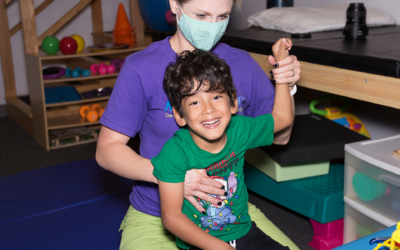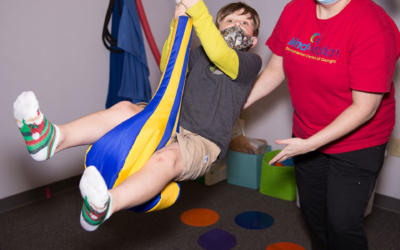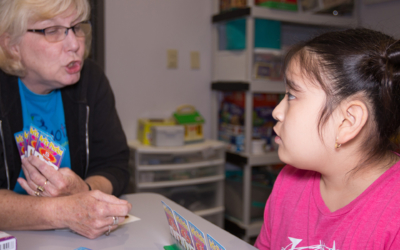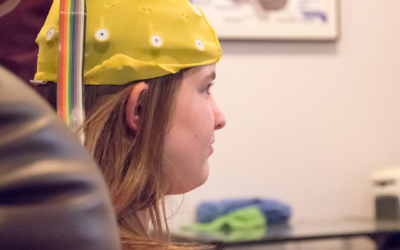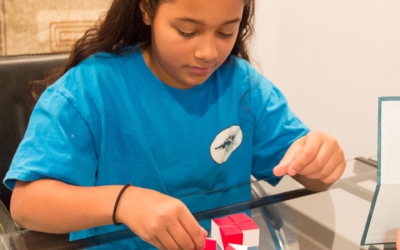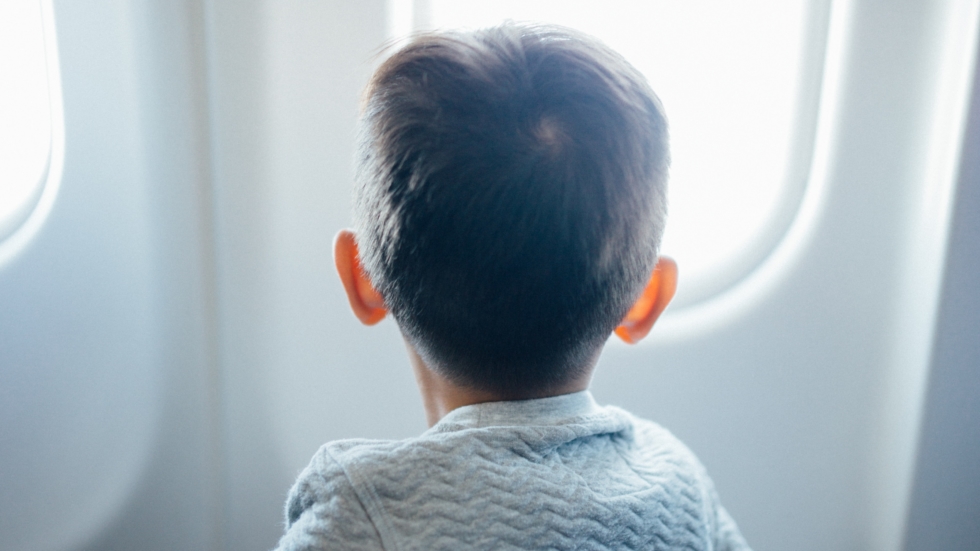
By: Brittany Abrams, MSOT, OTR/L
Family vacation season is in full swing and consistent travel is back after a long hiatus last year. Family vacations are a fun and exciting time that provide important opportunities for children to interact with new environments and people. They also help establish meaningful, positive memories and relationships with family and friends, which is crucial for social emotional development.
However, if your child has sensory processing challenges, new experiences, sensations, and activities might not always be a positive experience. Transitioning away from a familiar routine for extended periods of time, in an unfamiliar place, can be stressful if your child has trouble with self-regulation. On the other end of the spectrum, maybe your child gets TOO excited about family vacations and can’t seem to bring his or her engine down enough to sit through the full car or plane ride, gets frustrated easily when things don’t go as planned, and seems to have so much excitement and energy that stranger danger and safety awareness goes out the window.
Before booking any tickets, here are some best tips for what to consider when planning family vacations with children with sensory challenges.
1. Prep Your Child
For children with sensory sensitivities and sensory avoiding tendencies, transitioning into new, unpredictable experiences are a lot easier when your child has some information in advance so that they have an idea of what to expect. One method to help prepare your child is to use YouTube videos, pictures, or websites, to show them places they will be visiting and some of the surroundings they may encounter. You can also ease the transition by including your child in the preparation and planning process. Have them help out around the house by helping pick out what bathing suit they want to bring, or what they want to take with them in their “carry-on” bag for the car or airplane to keep them busy (see my next tip). Frequent, subtle reminders within positive, functional contexts that allow them to have some control and autonomy is the best way to make the change in routine as smooth as possible.
2. Be Mindful When Choosing What to Bring in the Car/Plane
Choose wisely! Remember, any input you give your child will impact his arousal, alertness, mood, and behavior – for better and for worse. It’s also important to consider the sensory environment that your child will be in during the trip in the car or airplane. Constant movement in unpredictable directions, the texture and feel of the seat cushion, the texture of their clothing, the noises of others on the plane or music on the radio, the brightness of the environment (lights, windows, sunny/cloudy/rainy, etc.). On top of the sensory overload these situations might provide, those with sensory sensitivities might also be very prone to motion sickness due to the constant, unpredictable vestibular stimulation that riding in a car or plane provides. Because the visual, vestibular, and auditory systems are very closely related, the best way to prevent and/or control motion sickness is to limit screen time, reading, or writing (iPads, phones, TVs, reading a book, scrolling social media or Youtube, etc.). Instead, engage other sensory systems to keep your child busy and entertained to ward off boredom and keep regulation and arousal levels balanced.
- Auditory – Listen to music, a book recording, or a podcast. Rhythmic input is calming to the nervous system – in the clinic, I incorporate it into ALL of my sessions! If your child gets stressed when traveling, try making a playlist of all their favorite songs and use noise canceling headphones to filter out excess noise and maintain regulation.
- Tactile – Fidget toys. I recommend something like these. Fidget toys are great for stress and anxiety and keeps the brain stimulated through tangible puzzles and games that also work on fine motor control, cognition, and problem solving. And they are easy to bring in a carry-on bag.
- Proprioceptive - Weighted pillows or lap buddies. These provide deep pressure input that is calming to the nervous system and can help ease restlessness on long car rides or plane rides. Proprioceptive input also helps counteract vestibular overstimulation (motion sickness or dizziness).
- Oral – Snacks! Crunchy and chewy snacks are a great way to get stimulating input and keep your child entertained in the car. Frequent, small, low glycemic snacks also keeps hunger at bay and blood sugar levels stabilized, which helps prevent sensory meltdowns.
- Olfactory (Smell) – Aromatherapy. Certain essential oils can help alert and calm the nervous system. I suggest putting a few drops into an inhaler tube. Two of my favorites are peppermint (alerting) and lavender (calming). In my experience, a little dab of peppermint (diluted with water as needed) on my forehead or temples can help ward off motion sickness on long car rides!
3. Check the Calendar
Plan your vacation around the busy times of the year. If your child has a harder time in large crowds, vacations to Disney World or crowded beaches/pools/resorts during peak vacation times might be more stressful than they are relaxing. Use your resources to check crowd prediction calendars if available.
4. Have a Plan
I don’t like planning ahead when I’m on vacation either. But for children who struggle with uncertainty, having a loose structure to their day and week will help them with transitioning from activity to activity and will encourage them to actively participate more. A visual schedule with pictures is great for children who may need frequent reminders and prompts to remember what is coming next in their day. That being said, don’t overload your day! If you have a big, stimulating activity planned for the first half the day, plan a more relaxed activity for the afternoon to prevent overstimulation – which brings me to my next tip.
5. Take Breaks
Even with all the preparation in the world, sometimes crowds and sensory overload are inevitable. Make sure to allow your child to have some down time to take a short break from the chaos. Maybe make a cozy safe space in the hotel or wherever you decide to stay, bring a favorite stuffed animal from home, a weighted blanket, or soft fuzzy blanket that smells like home (or spray with essential oil), dim the lights, close the blinds, so your child can feel relaxed and wind down from a stimulating day. Whatever your child needs to calm down and re-center themselves to prevent a meltdown.
Ultimately, the best recipe for any vacation is the just right balance of fun, excitement, and REST! Remember, you’re on vacation after all. For more tips, or to schedule a consultation for your child if you suspect they have sensory challenges that may need additional treatment, contact Mind and Motion Centers of Georgia.

